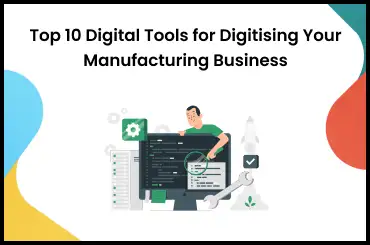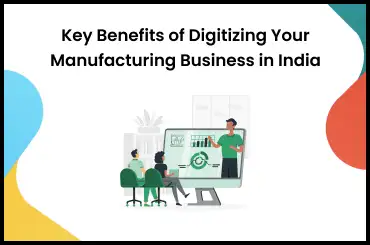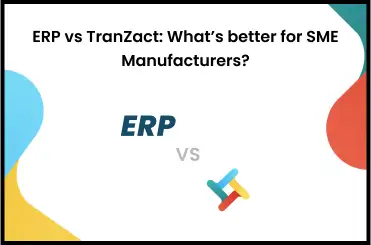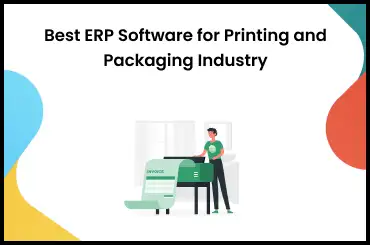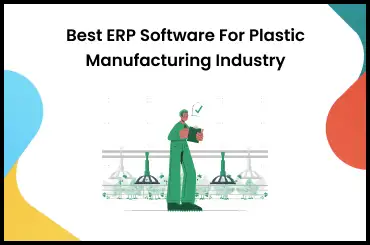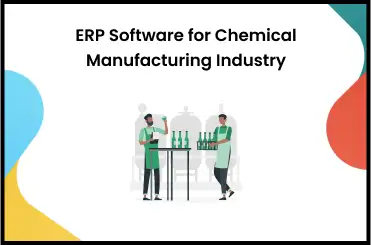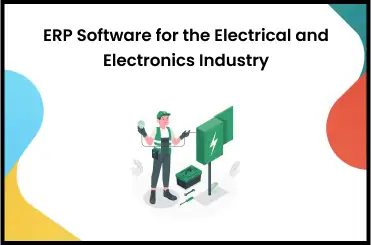Enterprise Asset Management (EAM) is a plan used by organizations to manage and improve their physical and digital assets during their lifetime. It helps in:
- asset performance
- reduces costs
- improves efficiency
Useful ways of managing business assets are important in many industries. They help businesses make smart decisions, reduce idle time, and get the most from their investments.
What Is Enterprise Asset Management?
Enterprise Asset Management (EAM) takes care of all the important things a company owns. These things can be machines, equipment, buildings, and other physical items.
Using special software, enterprise asset management real estate can help companies make smarter decisions and save money by preventing problems and making things last longer.
What Is The Difference Between EAM And CMMS?
EAM (Enterprise Asset Management) and CMMS (Computerized Maintenance Management System) are different ways to take care of things in a business. They help manage equipment and maintenance. Let us have a look at their differences in brief:
1. Scope And Functionality
EAM has a big scope and is designed to manage the entire lifecycle of assets, including:
- Installation
- Maintenance
- Disposal
On the other hand, CMMS mainly deals with tasks related to maintenance. It is mostly used to plan and follow up on:
- maintenance work
- work orders and
- managing the inventory of spare parts.
2. Integration And Data Sharing
EAM is usually combined with other enterprise systems, such as
- financial management
- buying
- human resources.
CMMS may have limited addition to other systems and often works alone for maintenance-related tasks.
3. User Base And Purpose
EAM is commonly used in larger organizations with big asset portfolios. It helps in
- asset performance
- minimize time
- align asset management
CMMS is typically used in maintenance departments to simplify
- maintenance activities
- improve equipment reliability
- maintenance planning.
4. Asset Lifecycle Management
EAM focuses on the entire lifecycle of an asset, from the starting purchase to its last replacement. It helps in making decisions about when to
- Repair
- Maintain
- Replace an asset
CMMS mainly concentrates on the working phase of an asset's lifecycle. This is to check that maintenance tasks are working and that equipment remains in good working condition.
Read Also: Inventory vs. Stock: What’s the Difference & Why It Doesn’t Really Matter
Why Is Enterprise Asset Management Important?
There are multiple enterprise asset management benefits. They are:
1. Optimal Asset Performance
Enterprise Asset Management helps businesses ensure that their assets work at their best capacity.
2. Cost Efficiency
Enterprise Asset Management can lead to many cost savings. EAM helps identify areas where maintenance costs are more.
3. Regulatory Compliance
Enterprise Asset Management helps organizations follow these rules by making sure their assets are well-kept and safe. This reduces the chance of fines and legal problems.
4. Improved Decision Making
EAM provides valuable data and analytics about
- asset performance
- maintenance history
- the total cost of ownership.
5. Enhanced Productivity
With EAM, companies can:
- better schedule maintenance tasks
- reduce equipment downtime
- improve asset availability
- improving operational efficiency
Read Also: What Is Inventory Management System?
Key Features Of Effective EAM
Making Enterprise Asset Management (EAM) work well depends on using important features that help everything run smoothly.
1. Asset Tracking And Management
The EAM system allows organizations to monitor and manage their assets throughout their entire lifecycle.
2. Preventive Maintenance
Enterprise Asset Management systems include maintenance functions that enable organizations to track regular maintenance tasks based on:
- Time
- Usage
- Condition.
3. Work Order Management
Effective EAM systems can create, assign, and track work orders for maintenance tasks. Maintenance teams can efficiently manage their workload, track progress, and ensure the timely completion of tasks.
4. Inventory Management
EAM systems often include inventory management features to keep track of spare parts and consumables required for maintenance.
What Is Enterprise Asset Management Software?
Enterprise Asset Management (EAM) software is a specialized application designed to help organizations manage and maintain their physical assets throughout their entire lifecycle.
It provides a platform that helps businesses to track and check the performance of their assets, including:
- Machinery
- Equipment
- Infrastructure
- Facilities.
Read Also: What Is Professional Services Automation? The Beginner's Guide To PSA
Why Is EAM Important For Businesses?
Enterprise Asset Management (EAM) is really important for businesses because it helps them take good care of their equipment and machines. This makes everything work better, saves money, and helps the business do well.
1. Reducing Risk
Enterprise Asset Management allows businesses to identify risks with assets and implement preventive measures, reducing the likelihood of accidents and reducing legal responsibilities.
2. Duration Of Assets
EAM's preventive maintenance approach ensures that assets receive:
- timely care
- minimizing early failure
- reducing the need for frequent replacements
3. Predictive Maintenance
Advanced Enterprise Asset Management systems can combine with Internet of Things (IoT) devices to collect real-time data from assets.
4. Streamlined Workflows
EAM systems include work order management and inventory control features that simplify maintenance processes. Efficient maintenance workflows lead to reduced time and improved working efficiency.
Maintenance, Repair, And Operations (MRO) Materials Management
Maintenance, Repair, and Operations (MRO) materials management is important in businesses and industries that depend on various assets and equipment to operate.
MRO materials refer to the:
- Supplies
- Spare parts
- Tools
Enhance Business Performance With EAM
When considering enterprise asset management software comparison, explore TranZact EAM capabilities for efficient asset management.
With TranZact, businesses can take advantage of advanced features like IoT integration and maintenance to make data-driven decisions, ensuring assets operate at maximum efficiency throughout their lifecycle.
FAQs On Enterprise Asset Management
1. What are the key benefits of Enterprise Asset Management (EAM)?
EAM optimizes asset performance, reduces downtime, enhances productivity, and improves business decision-making.
2. Why should businesses consider implementing EAM solutions?
Implementing Enterprise Asset Management simplifies:
- maintenance workflow
- reduces operational costs
- ensures regulatory compliance
3. How does EAM contribute to improved asset reliability?
EAM helps in:
- Maintenance
- enabling businesses to address asset issues
- enhancing asset reliability
- reducing unplanned downtime.
4. Can EAM help in risk mitigation and safety?
Yes. EAM maintains safety regulations, and its preventive maintenance approach reduces the risk of accidents.
5. Can EAM help in making data-driven asset management decisions?
Enterprise asset management ppts can provide data analytics and insights, helping and allowing businesses to make good decisions.
6. How can EAM impact a business's bottom line?
EAM can lead to cost savings through maintenance practices, increased asset lifespan, and improved working efficiency.









